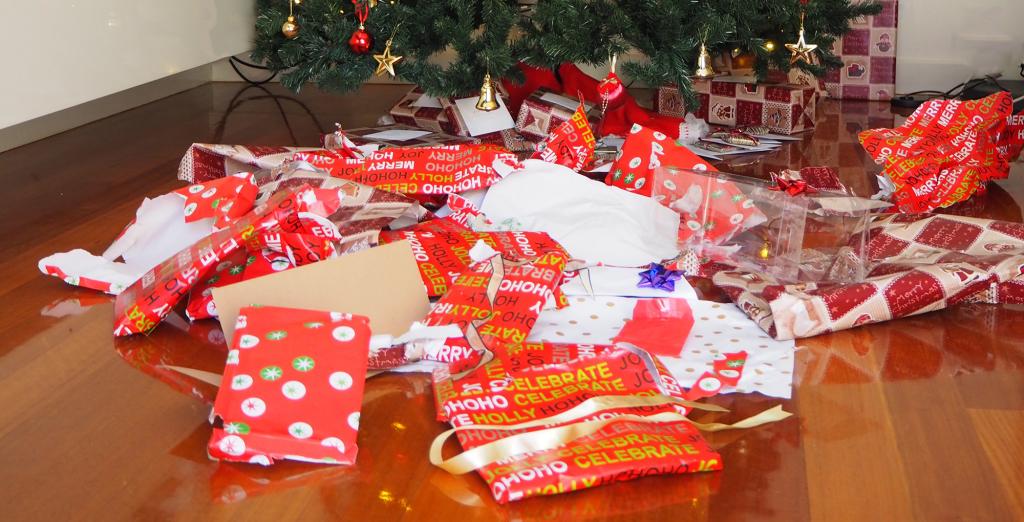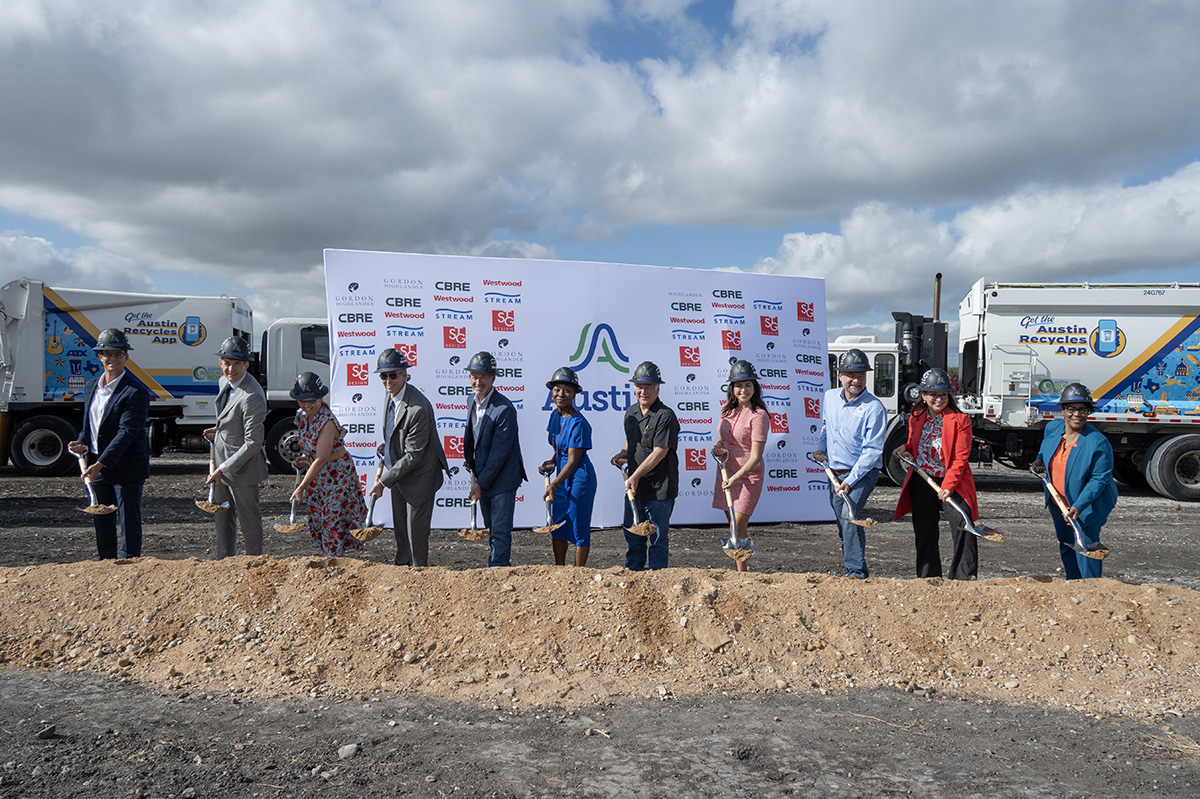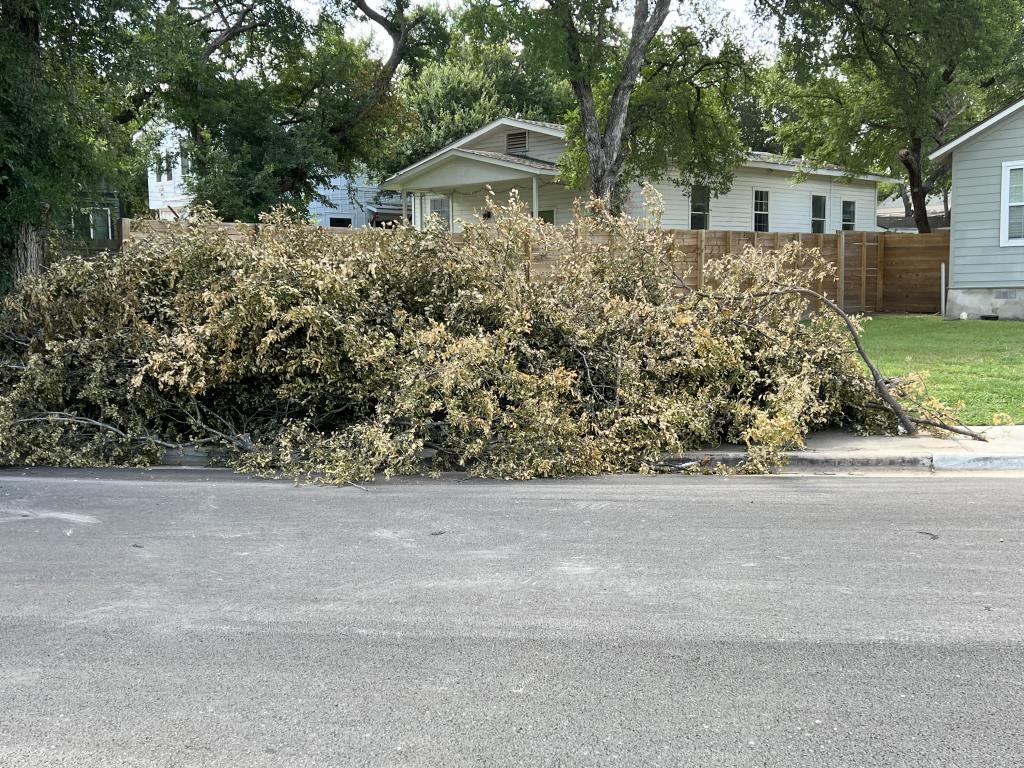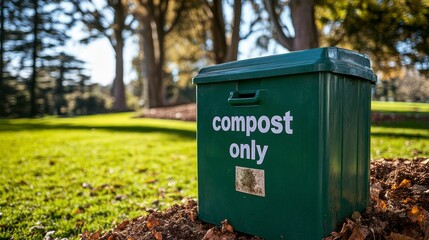
by Michael Taylor

Reducing holiday waste
The holiday season brings joy, but it also generates a lot of waste. In the United States, trash volume increases by an estimated 25 percent between Thanksgiving and New Year’s Day! From packaging materials to decorations, trees, electronics and more, these items can pile up quickly. The good news? Most holiday waste can be reused or recycled with a few simple steps,…


Happy America Recycles Day! It’s a great time to reflect on how recycling responsibly helps the environment. To celebrate, here are seven simple tips you can follow all year round.
1. Use the “What Do I Do With…” tool
Not sure if something is recyclable? Use the What Do I Do With… tool to find out which items can be recycled (a…


By Jeff Patterson
On September 23, City leaders, Austin Resource Recovery (ARR) leadership and contracting partners broke ground on the new Northeast Service Center (NESC) at 8301 Johnny Morris Road.
Speakers highlighted the center as an exciting and transformative project that will complement current ARR facilities in the south. When completed in 2027, the NESC will streamline waste management administration and o…

By Rosario Lopez-Cadenas
Do you have an upcoming on-demand household hazardous waste (HHW) appointment? Keep in mind that HHW items cannot be set out at the curb. Ensure a smooth collection process by following these set-out guidelines:
- Seal or close and clearly label all HHW products. This helps prevent spills or other accidents during the collection process. It’s impo…

By Rosario Lopez-Cadenas
Does your garage or storage shed need a spring cleaning? There are many reasons to use Austin’s new on-demand household hazardous waste (HHW) collection service to properly dispose of old paint, cleaning products and pool chemicals that might be filling up your garage.
Benefits of HHW collection
- Convenience: One of the most signifi…

By Michael Taylor
Are you looking to save big on clothing, electronics, baby gear, school supplies, furniture, appliances and more? Do you have an item that needs to be fixed? The Austin Reuse Directory makes it easy for Austinites to find, rent or fix gently used items at local resale and repair shops.
The directory also lets you search for shops in your area that accept donations of reusable products. In addition, sustainable businesses can list their services for free, making it easier to connec…
.jpg)
By Michael Taylor
Exciting news! Austinites can now recycle food and beverage cartons and coated paper products in their recycling at home and at work.
Cartons, also known as aseptic and gable top containers, package items like milk, juice, protein drinks, ice cream, soups and creamers. Other coated paper products include cups for hot coffee and other beverages, paper plates and takeout food containers.
Recycling these materials is easy. Remove the carton or cup, rinse an…

By Jeff Patterson
Recent weather events have demonstrated the importance of trimming and removing overgrown vegetation and brush from properties to reduce the risks of flooding, wildfires and storm damage.
Debris obstructing water flow in drainage and waterways increases flooding risks after heavy rainfall. Alternately, droughts dry out vegetation that can catch fire and quickly destroy entire neighborhoods.
Fortunately, the City of Austin makes it easy f…

By Jeff Patterson
Summer is here and Central Texans love nothing more than outdoor grilling and picnics with family and friends. Having a composting plan can be a great way to reduce waste and make your gathering eco-friendly. Austin Resource Recovery has some practical composting tips:
What to Compost:
- Organic food scraps, like fruit, vegetable peels, corn cobs, tamale husks, buns, etc.
- …
By Rosario Lopez-Cadenas
The City of Austin now offers a new, convenient solution for residents to safely dispose of household hazardous waste (HHW) through its on-demand HHW collection service. Residents can now get rid of toxic or hazardous materials from their homes without traveling to the Recycle and Reuse Drop-off Center.
What is household hazardous waste (HHW)?
You might have heard the term household hazardous waste (HHW) recently, but what exactly i…

